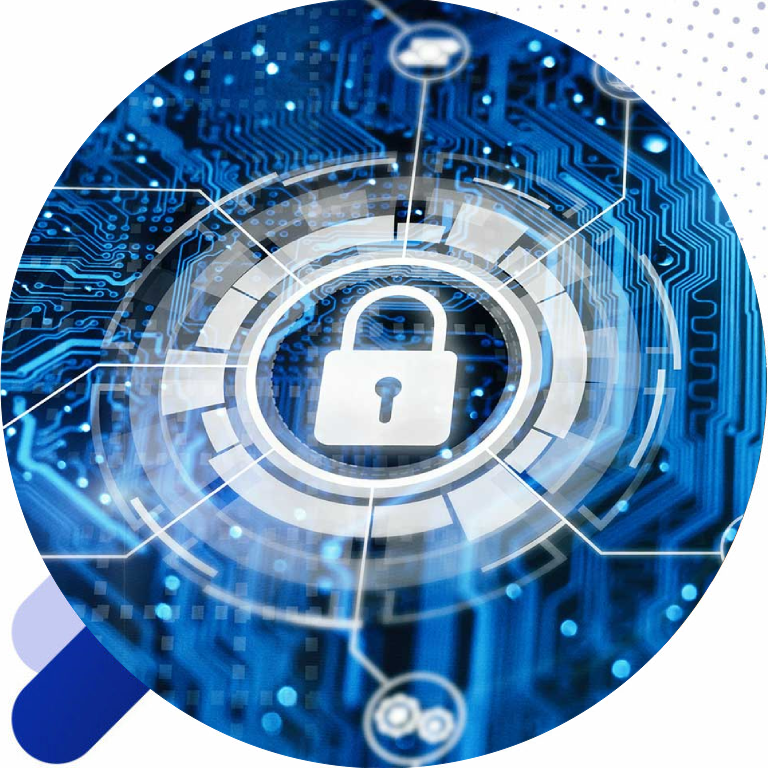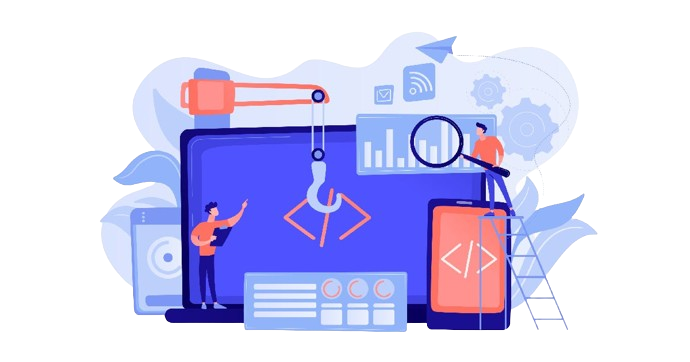Application Security – Ensuring Robust Protection in Software Development
In today’s digital age, applications have become integral to personal and business operations. They control everything from banking and financial transactions to healthcare and social interactions. However, this reliance on software applications also presents a significant risk: the potential for security vulnerabilities to be exploited by malicious actors. Application security, therefore, has evolved into a critical field of cybersecurity focused on ensuring the confidentiality, integrity, and availability of applications throughout their lifecycle. As threats continue to grow in sophistication, organizations must adopt comprehensive strategies to protect their applications from potential breaches, data loss, and service interruptions.

Understanding Application Security
At its core, application security refers to the measures taken to prevent malicious attacks and unauthorized access to software applications. This can encompass everything from web applications and mobile applications to APIs and cloud services. The importance of application security cannot be understated; according to a recent study, approximately 43% of cyberattacks target small businesses, many of which rely heavily on applications for their everyday functioning. By prioritizing application security, organizations can not only protect sensitive data but also uphold customer trust and ensure regulatory compliance.
The Multi-Faceted Nature of Threats

Application threats come in various forms, including but not limited to:
- Injection Attacks: Such as SQL injection, where an attacker embeds malicious code into a query, potentially resulting in unauthorized access to data.
- Cross-Site Scripting (XSS): A technique where attackers inject client-side scripts into web pages, potentially stealing information or sessions from unsuspecting users.
- Insecure Deserialization: A vulnerability that occurs when untrusted data is deserialized, which can lead to remote code execution or replay attacks.
- Broken Authentication: This vulnerability occurs when applications expose functions related to authentication and session management in insecure ways.
Key Elements of Application Security
Secure Coding Practices
One of the most fundamental aspects of application security is ensuring that software developers adhere to secure coding practices. Secure coding involves writing software that avoids known vulnerabilities and follows established guidelines. The OWASP (Open Web Application Security Project) provides an essential list of the top security risks to applications, including SQL injection, cross-site scripting (XSS), and insecure deserialization. Educating developers to avoid these common issues by adhering to coding best practices is critical.
Application Security Testing
Testing plays a vital role in identifying and mitigating security vulnerabilities during the development process. There are multiple types of application security testing methodologies, including: Static Application Security Testing (SAST): Involves scanning the source code of an application for security vulnerabilities before the application is executed. Dynamic Application Security Testing (DAST): Tests the application while it is running to identify vulnerabilities that an attacker might exploit. Interactive Application Security Testing (IAST): Combines the strengths of SAST and DAST by continuously analyzing an application in real-time during execution.
Encryption
Data protection within applications, whether at rest or in transit, is vital. Encryption ensures that sensitive information such as personal identifiable information (PII), financial records, and intellectual property is secure, even if intercepted by unauthorized parties. Using encryption standards such as AES (Advanced Encryption Standard) for data storage and TLS (Transport Layer Security) for data transmission is essential for application security.
Authentication and Authorization
Authentication and authorization mechanisms are integral to controlling access to an application. Strong authentication methods, such as multi-factor authentication (MFA), ensure that only legitimate users gain access. Authorization ensures that authenticated users have access to only the resources they are permitted to use. Properly configured access control models such as Role-Based Access Control (RBAC) or Attribute-Based Access Control (ABAC) further strengthen application security.
Third-Party Components and Open-Source Security
Modern applications often rely on third-party libraries, frameworks, and APIs to accelerate development. However, these components can introduce vulnerabilities into the application if not properly managed. It is critical to regularly audit third-party components and ensure they are kept up-to-date with the latest security patches. Tools like Software Composition Analysis (SCA) can help identify vulnerable components within the software supply chain.
Application Security Monitoring
Monitoring is an ongoing part of maintaining application security. Even after deployment, applications must be continuously monitored for any unusual or malicious behavior. Security Information and Event Management (SIEM) tools and Intrusion Detection Systems (IDS) allow for real-time detection of threats and incidents. Additionally, logging and auditing provide valuable data for identifying potential vulnerabilities and tracing the root cause of security incidents.
Best Practices for Enhancing Application Security
Secure Development Lifecycle
Integrating security into the development lifecycle ensures that security considerations are present from the initial design phase to deployment and beyond.
Regular Security Audits and Penetration Testing
Regularly assessing the security posture of applications helps identify vulnerabilities and potential points of exploitation.
Use of Strong Cryptography
Ensuring the use of up-to-date and secure encryption methods for protecting data is essential in reducing the likelihood of data breaches.
DevSecOps and Shift-Left Security
DevSecOps represents a paradigm shift in how organizations approach application security. Traditionally, security has been treated as a separate stage in the software development lifecycle, often occurring just before deployment. However, the shift-left security movement aims to integrate security into every stage of the development process, beginning as early as the coding phase. By integrating security into DevOps practices, development teams can automate security testing, enforce security policies within CI/CD pipelines, and collaborate more effectively with security teams.
The advantage of shift-left security is that vulnerabilities are detected earlier, reducing the time and cost associated with fixing them. Moreover, security automation tools help streamline the detection of vulnerabilities, eliminating the need for manual intervention.
Speak With Expert Engineers.
Contact us by filling in your details, and we’ll get back to you within 24 hours with more information on our next steps

Please fill out the contact form

Call Us
United Kingdom: +44 20 4574 9617

UK Offices
Business Address: 70 White Lion Street, London, N1 9PP
Registered Address: 251 Gray's Inn Road, London, WC1X 8QT
Schedule Appointment
We here to help you 24/7 with experts

